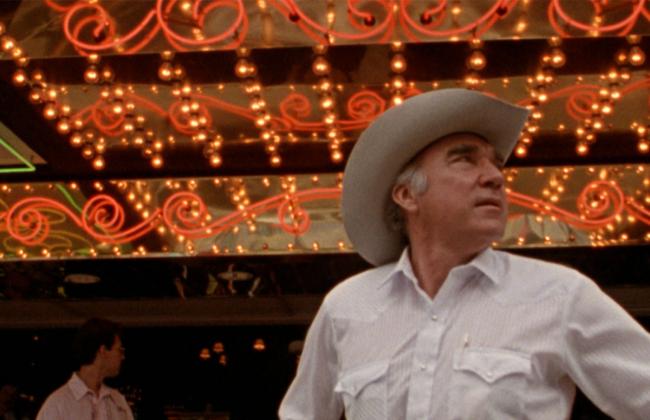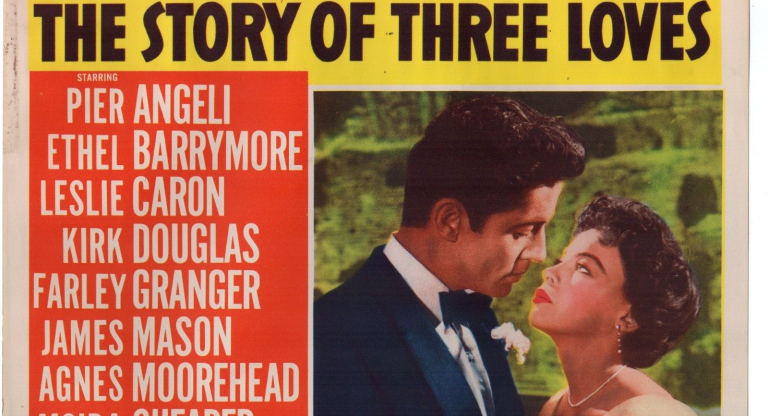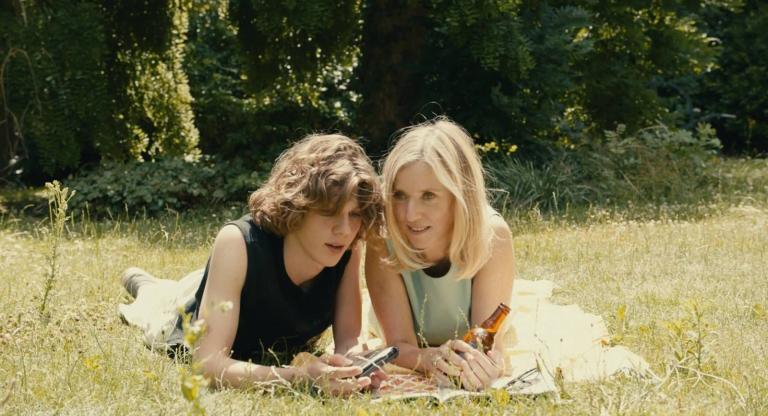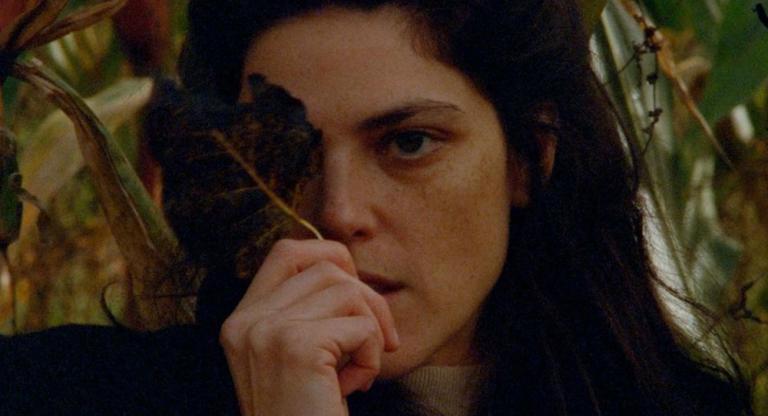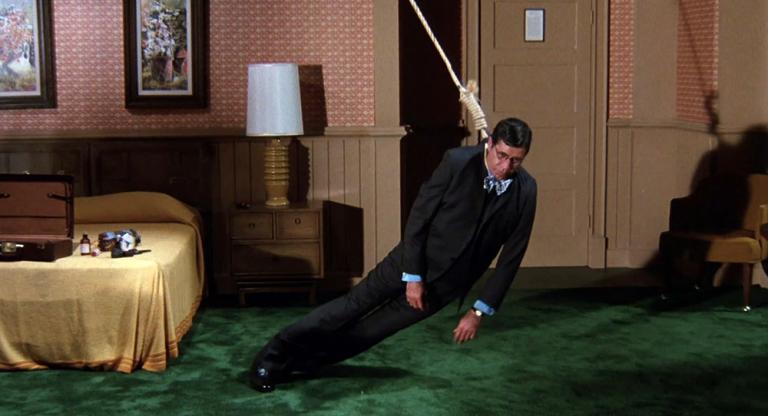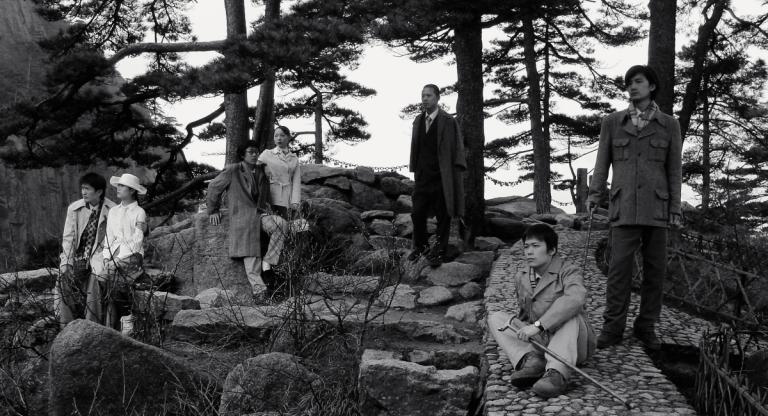A quick glance at Gerald Gaxiola’s website will reveal a number of gorgeous juxtapositions: “Muscle Marathon,” “Book of Art,” “Following Thomas Merton,” “The Book of OB,” “Film Reviews,” “China: Spiritual Journey.” Gaxiola (affectionately dubbed “The Maestro”) is also the subject of Les Blank’s hour-long documentary The Maestro: King of the Cowboy Artists (1995), which chronicles how the aircraft mechanic turned traveling salesman turned bodybuilder turned artist rose to regional fame after quitting his 9-to-5 in order to pursue painting full-time.
Blank begins the film with stylized intertitles of the Maestro’s coined phrases: “Art is a religion, not a business” and “Picasso painting is more important than Picasso’s paintings.” Such crumbs of wisdom come to define the Maestro’s anti-consumerist practice, best exemplified by his annual celebration, Maestro Day, a free art exhibit and stage show held in a high school auditorium in Albany, California with the town’s support. The festivities continued from 1977 until 1990, with new artwork on display, but never sold, live music and dancing, a fresh rhinestone cowboy suit each year, and hundreds of cookies baked by Maestro’s wife, Alice. The final iteration of Maestro Day, titled “The Great Cadillac Drive To Reno,” was diligently surveyed by Blank’s film crew.
What is most magnetic about Gaxiola—a fact understood by Blank, who never loses focus of the artist’s praxis—is that he summons the bravado of the art world without any of the elitism. His artistic “rebirth” gestated with a book of Vincent Van Gogh’s letters, which motivated him to paint 72 reproductions of his idol’s work, images of labor and blue collar reverie. He loathed the moneyed pageantry of figures such as Andy Warhol, whose likeness we see appearing on a shooting gallery, struck down by the Maestro in a display that would make Valerie Solanas blush. “His era’s over,” says the Maestro. “Now, it’s time for me to come along.”
If conviction is the Maestro’s propelling force, it does not come without splash damage. Multiple interviewees point out Alice’s unfettered support of her husband, taking on extra work in order to buttress his artistic pursuits. (Gaxiola glosses over such details, luxuriating in his liberatory pivot.) The camera follows him to Christo and Jeanne-Claude’s yellow umbrellas, where he shoots a confrontational bit of footage—a gunslinger (portrayed by the Maestro, obviously) shooting paint pellets at the sunny canopies, a multimodal assault on the environmental installation and the husband-wife team that erected it.
That breathing paradox is what makes Gaxiola such a compelling subject-object: a desire to be canonized and a hatred for the canon. The myth of the anti-consumer cowboy—his oven-fresh cookies and accessible, vivid paintings, along with his refusal to absorb a “style” and want to quash pop art—might one day seem like heroic fantasy, if not for Blank’s persistent lens; one he would return to 10 years on with The Maestro Rides Again (2005).
CONTOURS is a column by Saffron Maeve examining films that thematize the world of visual art: heists, biopics, documentaries, and experimental fare. Maeve also programs a screening series of the same name and premise at Paradise Theatre in Toronto.
The Maestro: King of the Cowboy Artists screens this Sunday, July 7, at BAMPFA as part of the retrospective “Les Blank: A Life Well Spent.” The film will be preceded by Blank’s short film Gap-Toothed Woman and followed up by a conversation between Gerald Gaxiola, Maureen Gosling, Harrold Blank, and Chris Simon.
